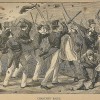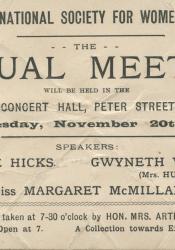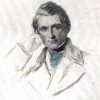Manchester
Manchester is a city and metropolitan borough in Greater Manchester, England. During the nineteenth century, Manchester experienced rapid industrialization and growth, particularly because of textile manufacturing. The Manchester Ship Canal opened in 1894, creating the Port of Manchester and linking the city to the sea.
Coordinates
Latitude: 53.487984891712
Longitude: -2.174656389398
Longitude: -2.174656389398



